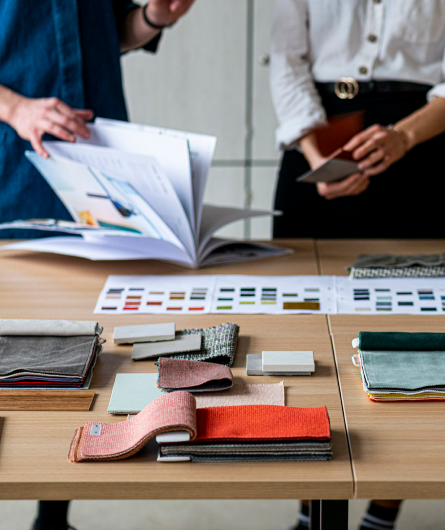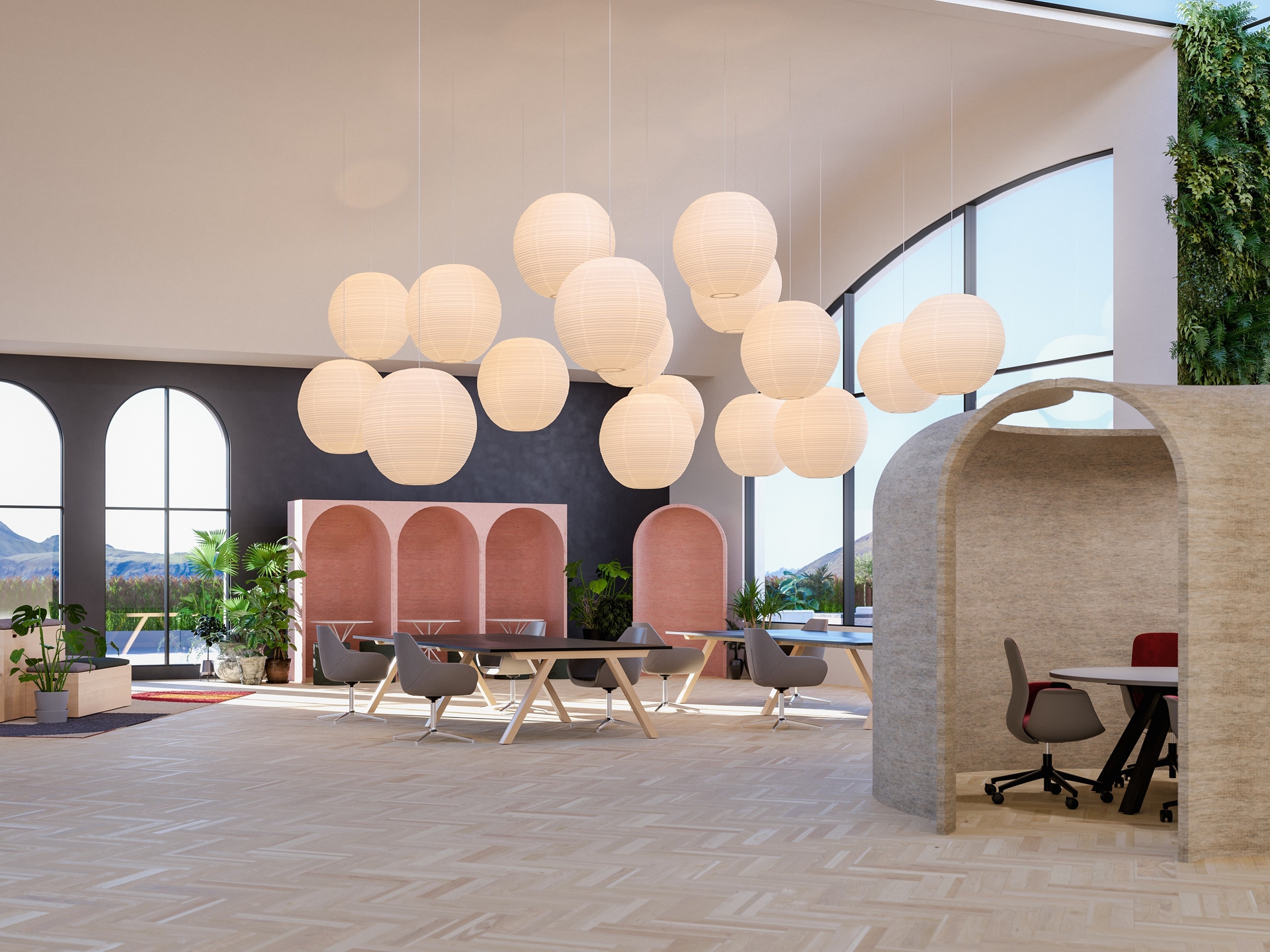
Sympathetic Office Design for the Modern Workforce
The pandemic is responsible for a number of workplace changes; the rise of remote work, the great recession and a greater focus on social and environmental issues to name just a few.
Among these changes, is a renewed focus on empathy, kindness and supporting employees in the workplace and beyond; widely regarded to be the key to enticing colleagues back to the physical office.
On top of returning employees, corporations are preparing for a brand-new, more diverse than ever workforce, with Gen Z entering the workplace for the first time, some of whom have never worked in a “traditional” 9-5 office and have a very different view on what should be prioritised.
Enter the world of sympathetic design which, when backed up by policy, can add a genuine level of care in the office and encourage a healthy workspace. In this article we’ll talk about what sympathetic and empathetic design is and why designing with empathy is crucial to productivity.
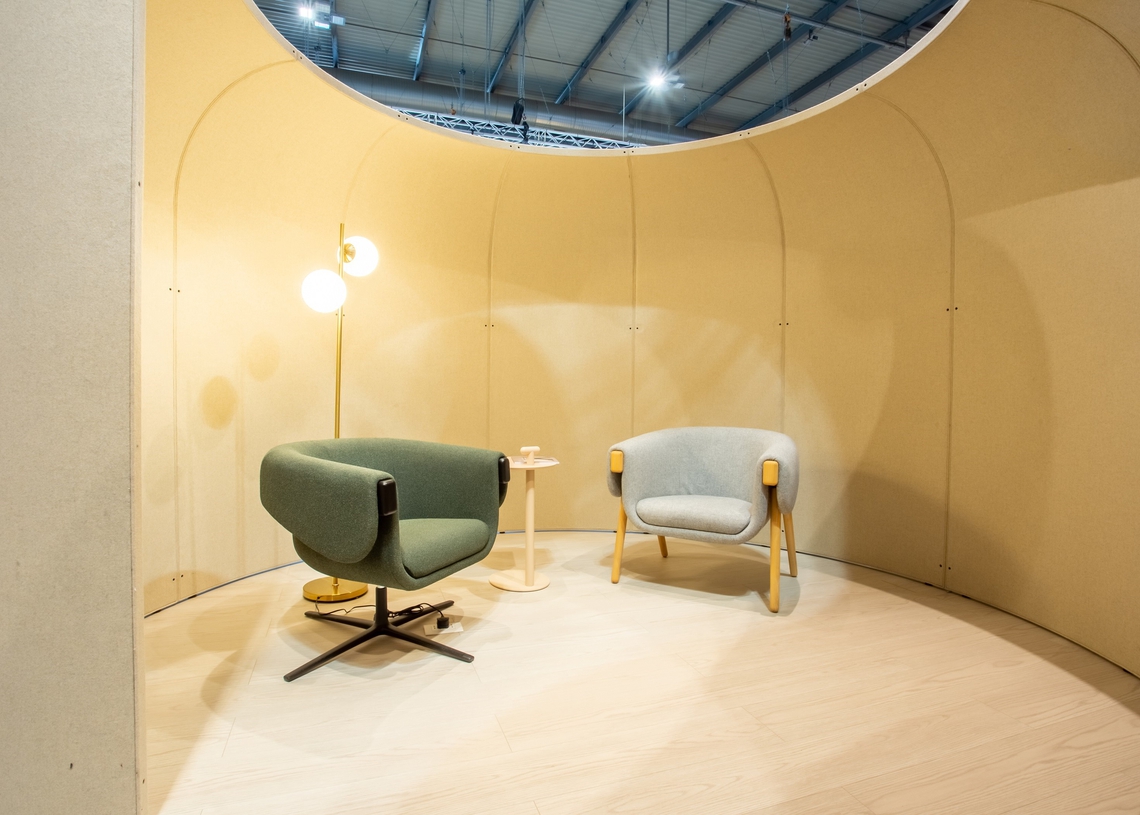
Designing a Sympathetic and Empathetic Space
There are a variety of sympathetic design strategies that can be employed to make the working environment more caring, kind and supportive. From biophilia and resi-mercial design to building a kinder, community-first culture.
At its core, an empathetic design acknowledges and addresses health and safety concerns - which have become even more prevalent post-pandemic. It goes without saying that offering a choice of socially distanced, reconfigurable and adaptable spaces can help address health concerns, as well as give colleagues options from which to choose somewhere they feel comfortable and protected. A universal design will also take into account accessibility for a diverse workforce with different physical needs.
Physical health, however, is just one aspect of a sympathetic design; environments that positively impact mental health, wellbeing and make employees feel happy experience a 12% boost in productivity as well as greater talent attraction and retention.
When it comes to sympathetic design as a tool to achieve a happy, healthy workplace, solutions must address the main complaints workers have about remote working and offering a genuine alternative.
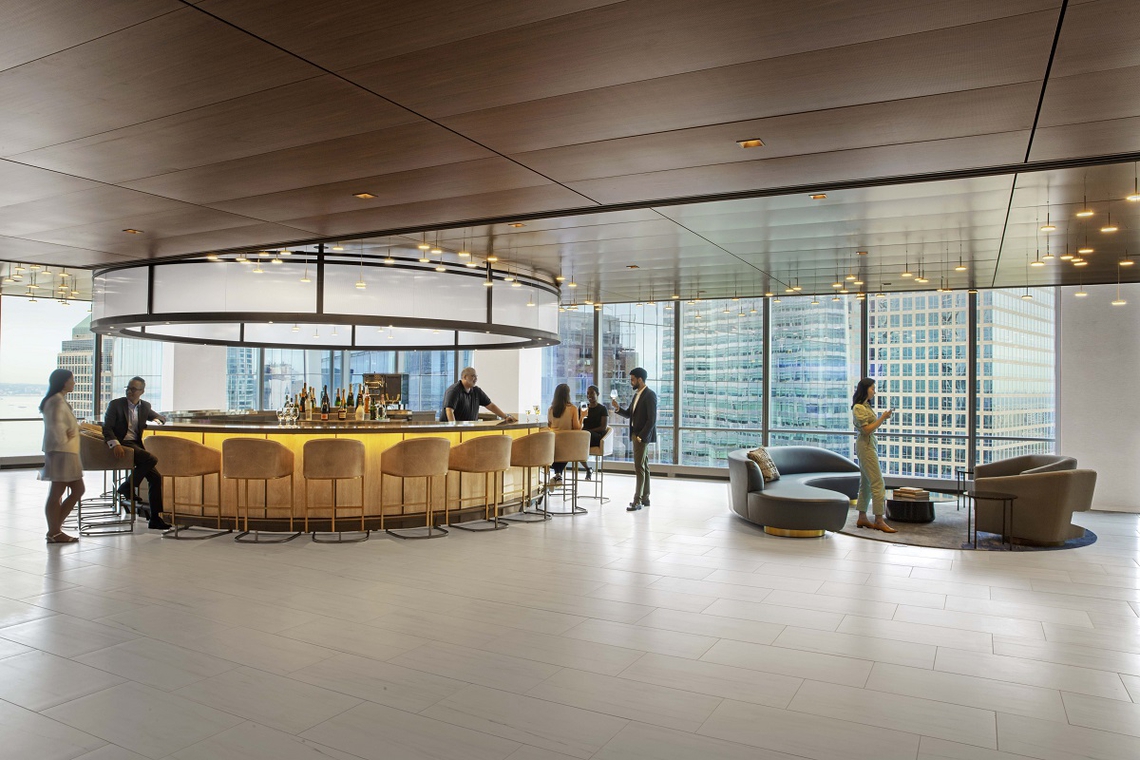
Lack of belonging, social isolation and loneliness are the top issues employees reported facing during the pandemic and subsequent lockdowns, so an environment that provides a sense of community, opportunities for socialising, encourages relationship building and collaboration is sympathetic and empathetic design in action.
Office “neigborhoods” – communities of people who have similar jobs or tasks being assigned areas to work in, rather than individual desks - have been implemented for years to give a sense of ownership to employees that would theoretically result in a cleaner, higher-functioning workplace.
Post-pandemic, there’s a wider discussion as to whether office neigborhoods are still fit-for-purpose, with various members of staff in the office at any one time. In order to revive our re-discovered need for community, the workplace needs to encourage cross-divisional socialisation and co-working to ensure no segregation for employees whose team and close contacts may be working remotely.
Businesses can also embed an empathetic workspace design with community at the forefront by implementing changes as a result of employee feedback; a useful engagement exercise. Through office layout experimentation and trialling environment solutions, which seeks to adapt spaces based on evaluation from those working within it, employers can show genuine care and ensure a universal design that works for all people. It’s important to note that sympathetic design values everyone as a stakeholder in the organization from executive level down to employees and staff, even including customers.
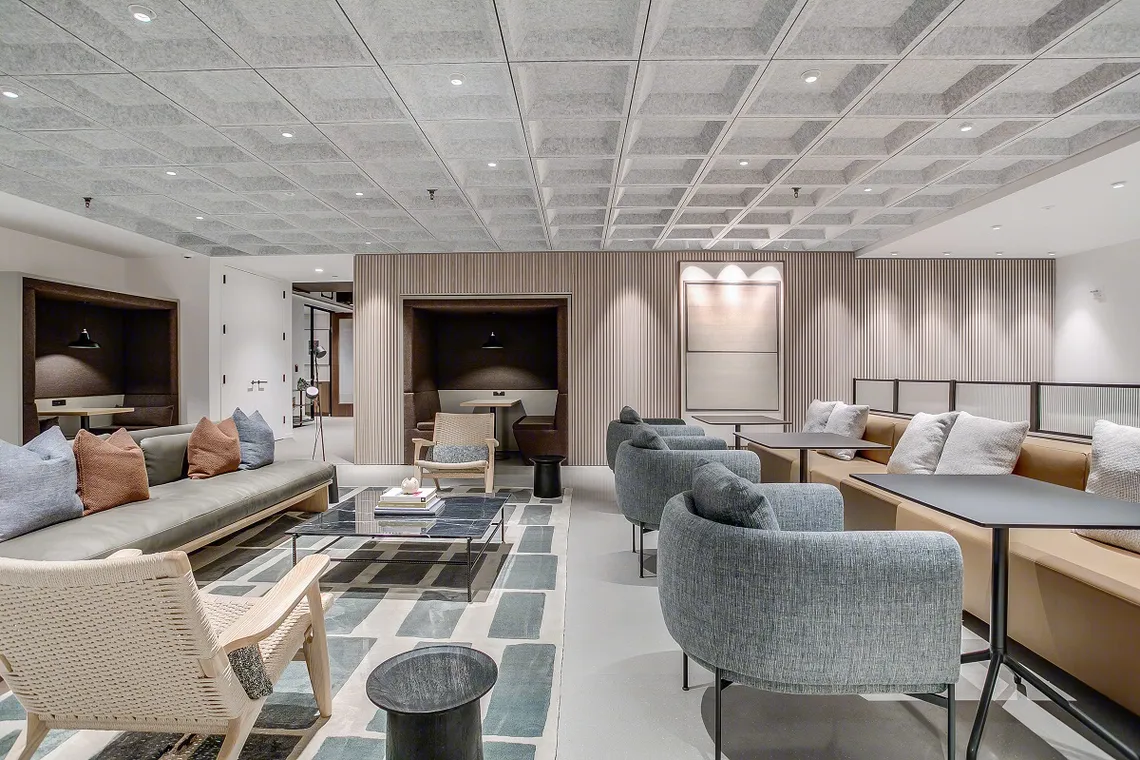
Bringing Home into the Workplace
Sympathetic design principles recognise the social climate; understanding that over the last two years, being at home became safe, comfortable and vital to survival. By bringing the home into the office, businesses can replicate that same sense of belonging, relaxation and security.
Design solutions that incorporate homely furniture such as armchairs, lamps, cushions, coffee tables and mood lighting help to provide a relaxing, gentle atmosphere; a far cry from uniformity and bright, harsh office lighting.
The use of colour in workspace design can also contribute to the mood of a workplace, such as the softer, more natural tones adopted by Brookfield Properties when we worked with them to transform their New York HQ into a residential office for workers by mirroring the home environment.
Installing furniture designed to promote peace and calm in the workplace, such as the Aeonica which brings in softer, curved forms and earthy tones, enables the effortless creation of a cosier and more restful vibe; perfect for empathetic design.
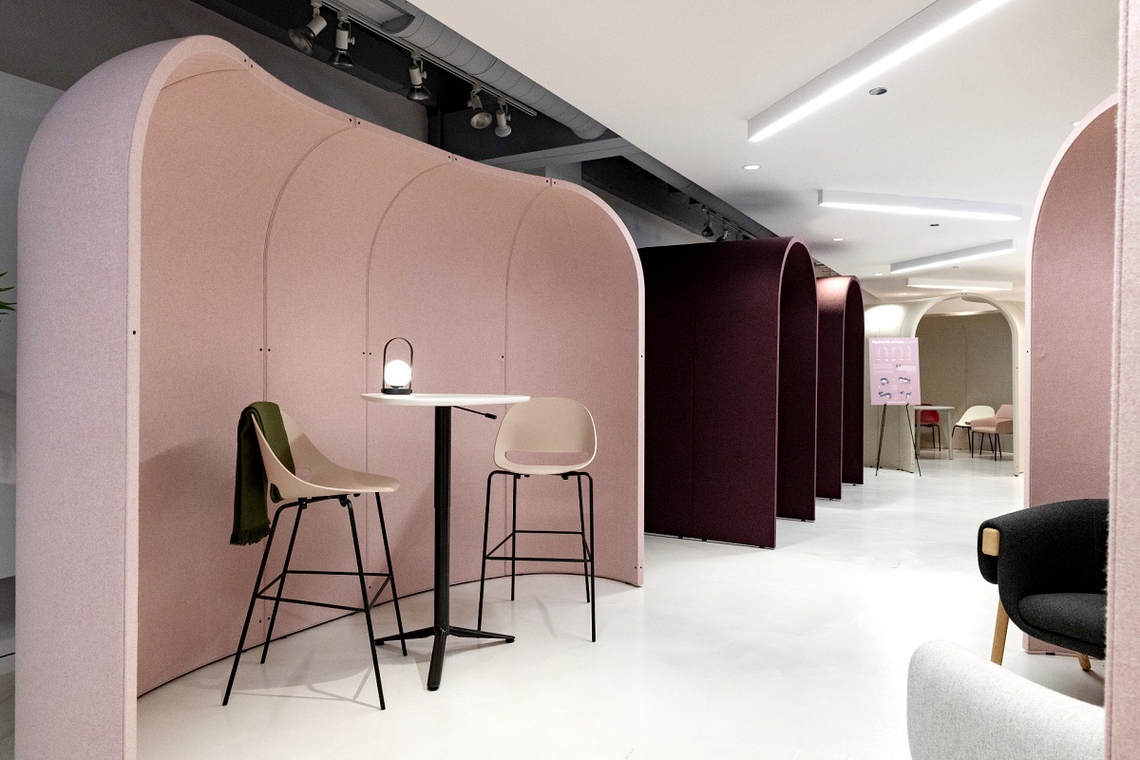
How Biophilia and Nature Can Help
Biophilic design – that which brings the outdoors and nature inside – has been scientifically proven to boost employee’s physical and mental health. A study by Human Spaces of 7,600 workers in 16 countries found those that worked in spaces with natural or green features reported a 15% higher level of wellbeing and are 6% more productive and 15% more creative overall.
Designing with biophilia can easily be achieved by use of colour, plants, greenery, water features, art that depicts nature and most importantly, natural lighting.
By having plenty of windows and natural lighting, employees can mitigate social jet lag – a term that details the issues that arise from irregular sleeping patterns such as psychological stress, fatigue and poor physical health.
Gen Z, newcomers to the workforce, also give greater importance to sustainability and workplaces that advocate a reusable, recyclable and eco-friendly culture. Biophilic design principles help to achieve this while promoting a healthy, sympathetic design.

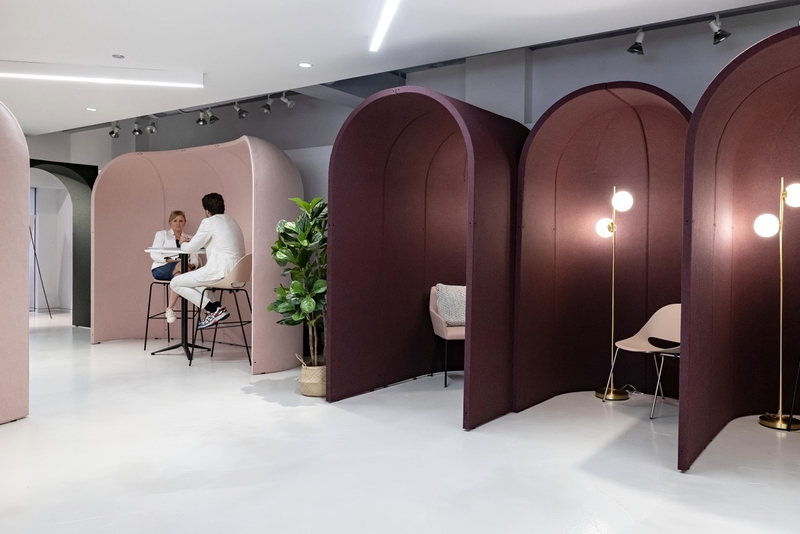
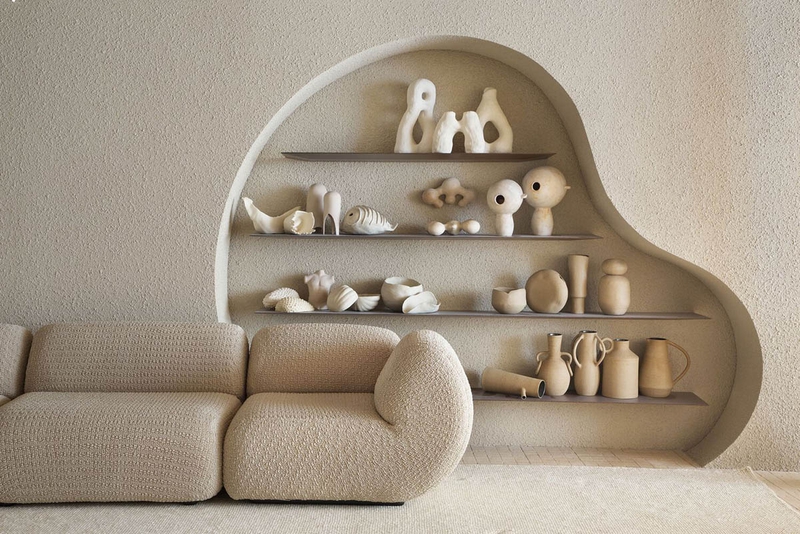
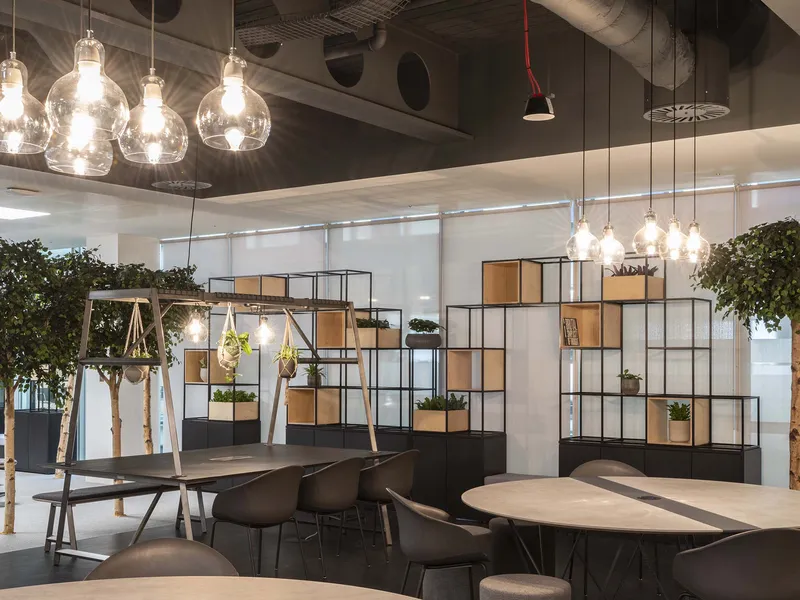
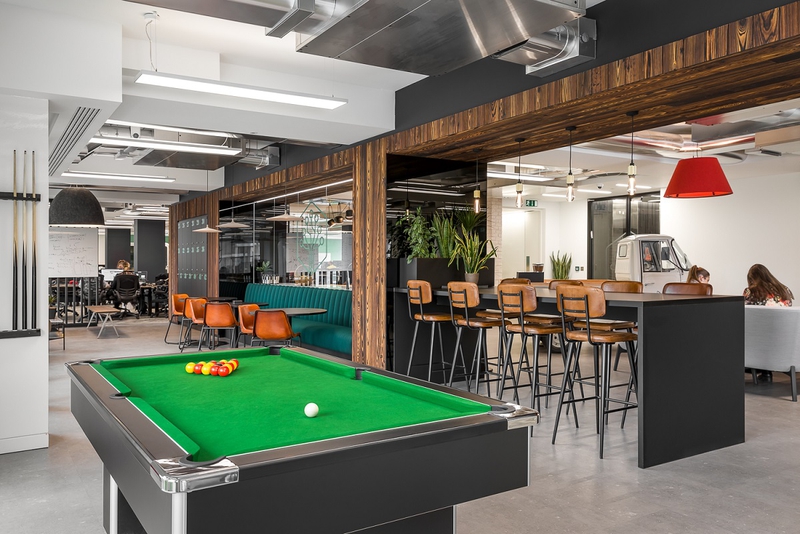
Masterfully blending technology and nature, the new Soho location provides a unique space for the employees of OakNorth
FINANCIAL SERVICES

